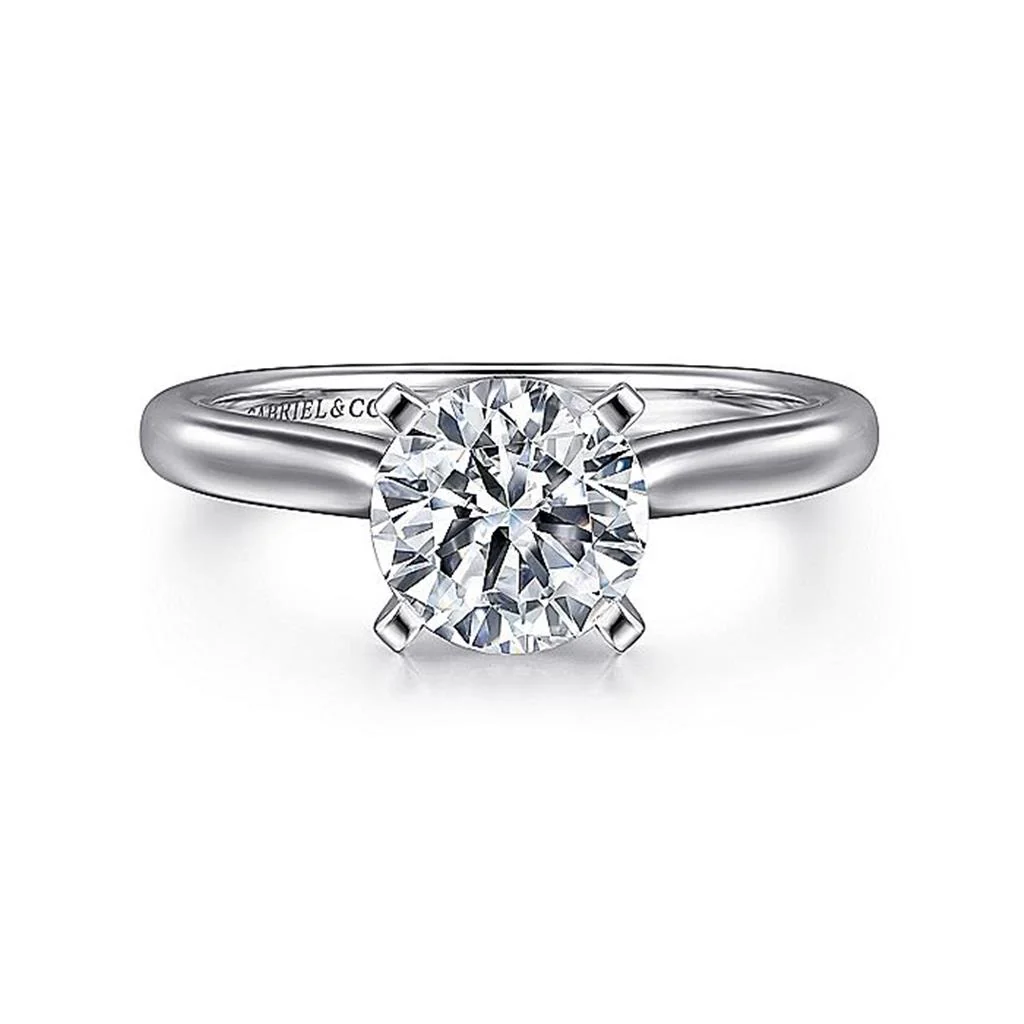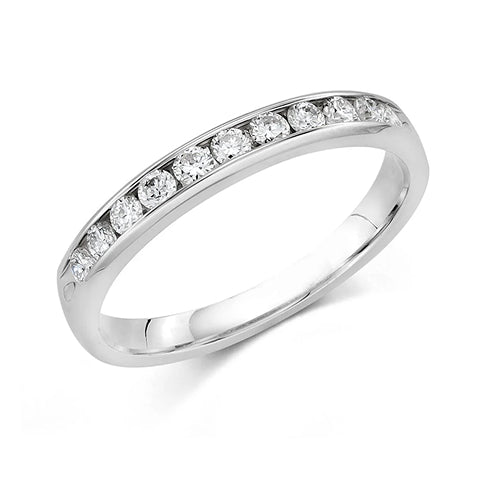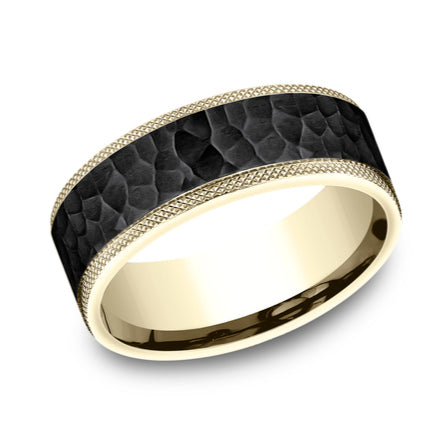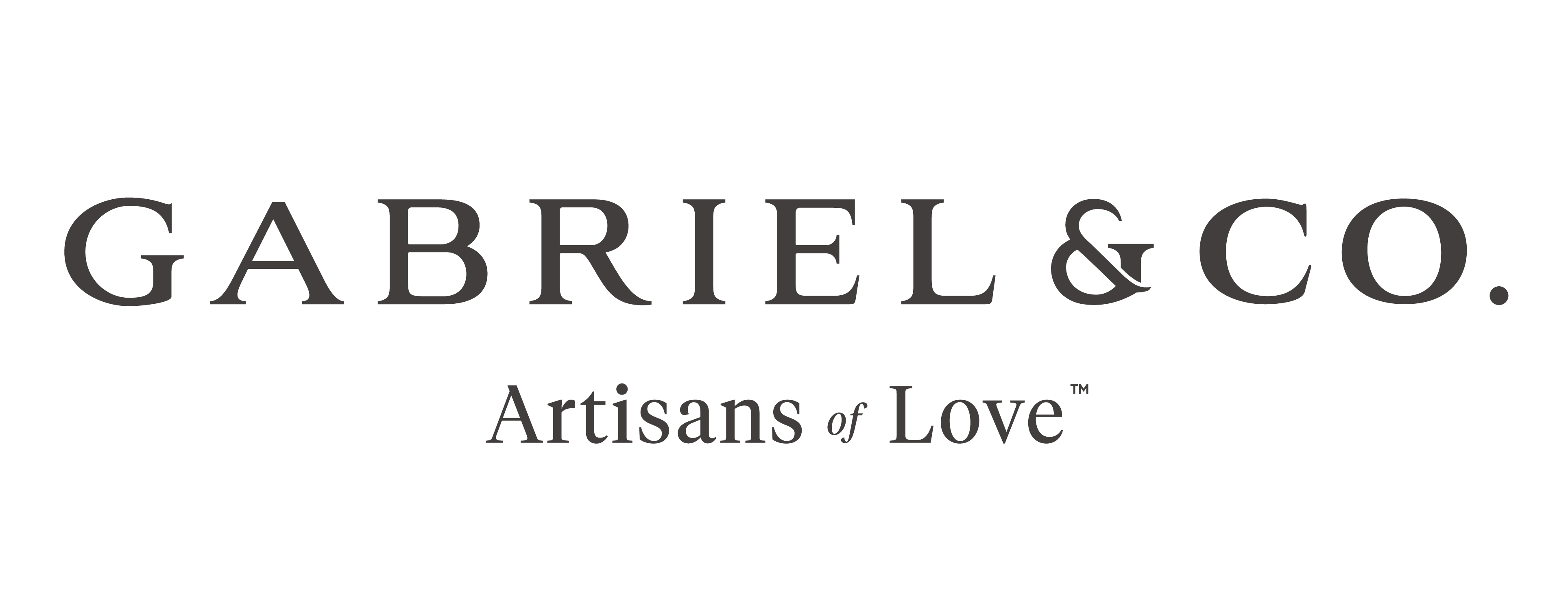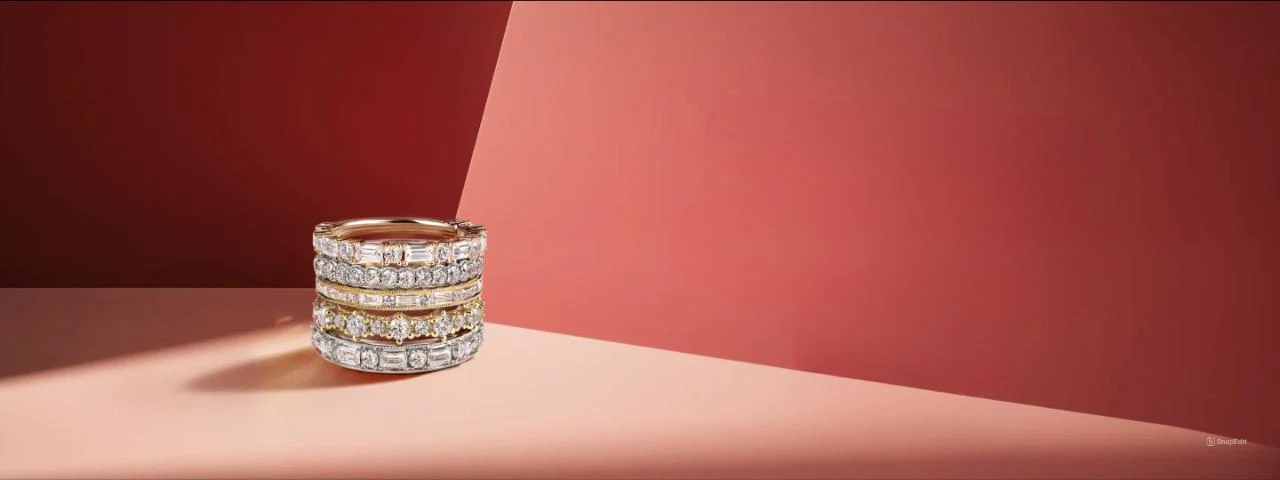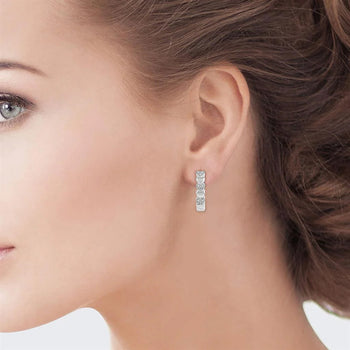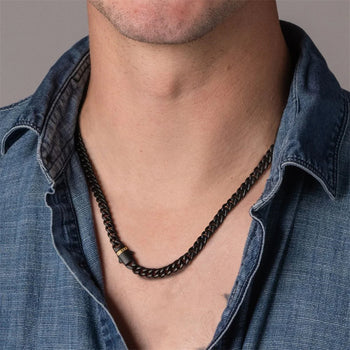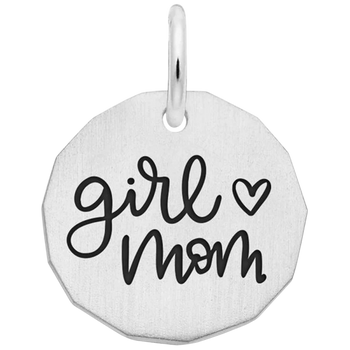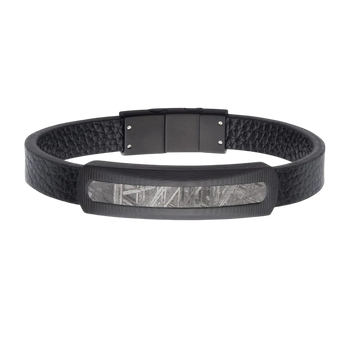
Karat vs. Carat: What’s the Difference?
What Is a Karat?

A karat is a measurement of the purity of metal, particularly gold. The purest form of gold is 24 karats (K). The lowest number on the scale, one, is the least pure. Purity refers to the presence of alloys. These are added to harden gold, which is a relatively soft metal on its own. Commonly added metals include copper, nickel, or zinc.
Gold jewelry is often rated at 18K, meaning it’s 75% gold and the rest alloy; 12K, meaning it’s 50% gold and 50% alloys; and so on. However, in the jewelry world, it is broken down even more precisely. A 24K sample of gold is 24 parts. That means 18K gold can be expressed as being 18 parts gold and 6 parts alloy. On this scale, 24K is 999 parts out of 1,000, or 99.9%.
Parts per thousand are used to describe gold in European jewelry. An 18K gold piece is 750 parts per 1,000 gold and 12K is 500 parts per 1,000. While adding metals makes gold more durable, it also changes its color. Yellow gold may turn white, green, pink, etc. For example, rose gold is created by adding alloys, such as white gold which has a silvery color.
What Is Carat?
Carat (Ct.) is a measurement of the weight of a diamond or gemstone. One carat is equal to 200 milligrams, or 0.20 grams, and is divided into 100 points (0.25 being ¼ Ct., 0.33 being a 1/3 Ct., and so on). The measurement is therefore based on the metric system. The term “carat” predates the alternative spelling introduced to distinguish gold purity from the weight of gemstones. However, it’s still used in the UK and Australia to identify gold purity.
However, you’ll never see “karat” to express the weight of a diamond. To weigh a diamond stone, a specially calibrated scale is used. The word carat is derived from the word for “carob seed” in Ancient Greek. In those times, carob beans were used to weigh pure gold coins, as the seeds vary little in weight. Today’s technologies, however, are much more precise.
Carat became a legal standard for gemstone measurement in 1907. Usually, a diamond is set in 18K gold which is hard enough to provide a secure enough setting. Carat count is also one of the most influential factors in the price of a diamond; the higher it is, the more expensive the diamond. However, a poorly cut diamond may cost significantly less than one of the same weight and a higher quality cut. Cuts that take longer to produce also yield higher-cost diamonds.
Selecting the Perfect Jewelry
When looking for gold jewelry that’s more durable, you’ll want something with a lower karat count. This is a consideration if you have an active job or lifestyle. If you’re shopping for a one-carat diamond, you could ask for a 0.90 to 0.99-carat diamond or one that’s around 90 points. If you’re going for size, seek a higher carat count; to save, look for lower carat diamonds that generally cost less.
Understanding the difference between karat vs. carat can help you get a head start when shopping for jewelry. An experienced gemologist will further assist you in finding the right diamond jewelry for you.
Contact Jeweler’s Touch
Use our jewelry education resources to learn more about the 5 Cs of diamonds, buying gold, choosing settings, and more. Family-owned and operated, Jeweler’s Touch is known for providing high-quality customer care and has an extensive collection of precious metals and gemstones. Our accredited professionals, certified diamontologists, and GIA Graduate gemologists are ready to answer your questions and custom-design jewelry just for you. Visit our Brea store, make an appointment online, or call 714-579-1616 to get started.

